The Colorful Bluegrass
We’ve always known Lexington, Kentucky is a colorful place to live. We were surprised to find how literally true that was all along. From the earliest days in the “Athens of the West,” residents were enlivening their walls with punchy colors of paint.

Chinese Vermillion. Prussian Blue. Patent Yellow. Rose Pink. Verdigris. Turkey Ombre. These vibrant shades were among the colors advertised by name by Lexington merchants in the early 19th century.
Oil + Pigments + Hogs?
The paint trade grew quickly, with the Bluegrass producing & processing the materials needed. Natural pigments from plants and minerals were ground, then mixed with linseed or flaxseed oils. While most paintbrushes in early Lexington were likely imported, locals quickly began producing their own, paying the public for hog bristles.

The Myth of Drab
Still, many people today imagine the world of the past as far less vibrant. That impression is nearly always incorrect (including on Roman and Greek statuary!) Here’s why:
“Today, the science of paint analysis is providing new insights into early decorative schemes. Just a generation ago, the standard method of determining a paint chronology…was simply to scrape, sand, or otherwise expose the lower layers. The colors were usually faded but some had lost their original tones due to sun exposure, oxidation, and the passage of time. One consequence of such studies was the so-called “Williamsburg palette,” the product of early restoration work at Colonial Williamsburg…. Even today, many people maintain the mistaken impression that our ancestors lived in a world of muted and “tasteful” shades… Often the paints historians find are surprisingly bright; many of the colors {chosen] were fresh and new in their time…”
A Rainbow of Science
“At the turn of the eighteenth century, the first chemically synthesized color, Prussian blue, became wildly popular after a Berlin colourman produced it using a salt compound of iron and potassium. Verdigris green was another innovation, made from a crystal formed by suspending copper sheets in a vat of vinegar. Before chrome yellow was first manufactured in 1819, other yellows were in use, including Turner’s Patent yellow, marketed in the 1780s.” (Source)



